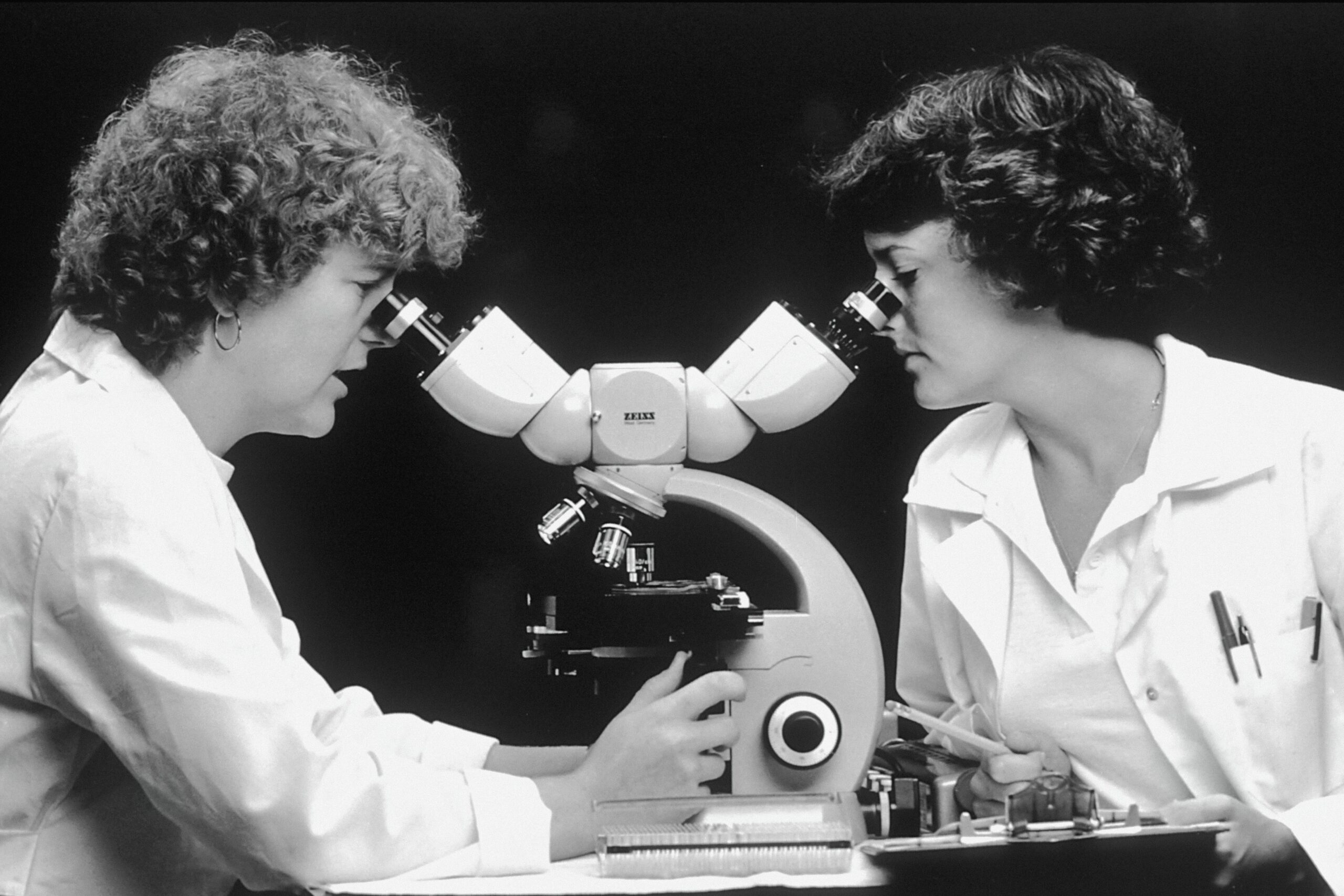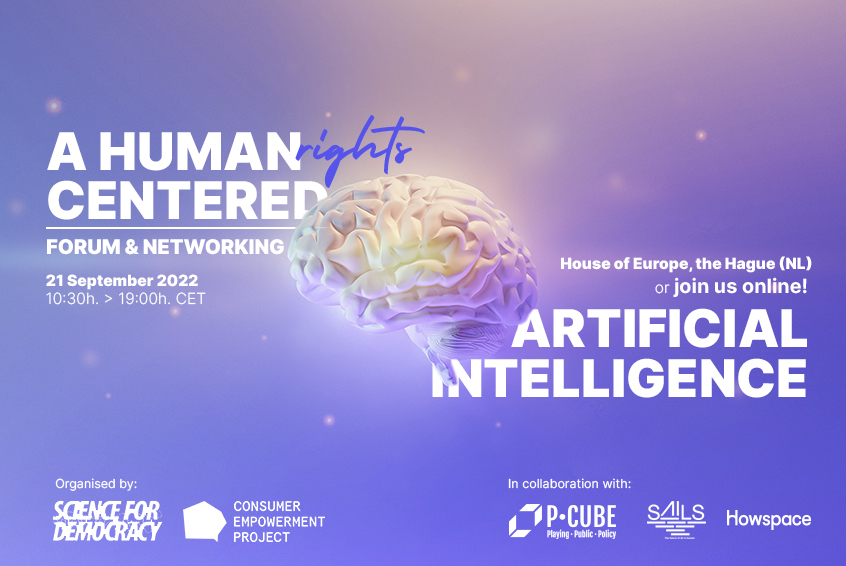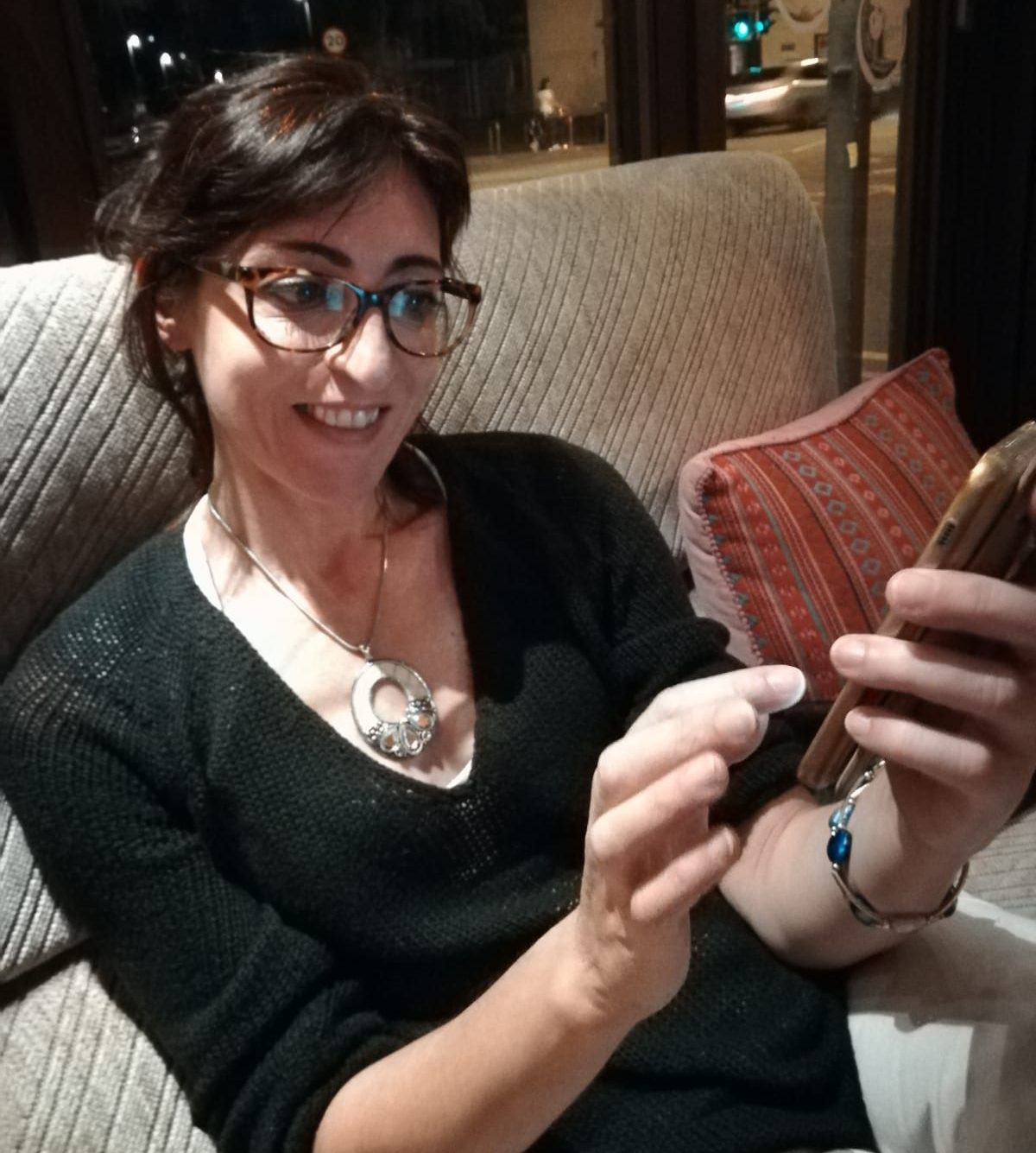
Francesca Battista,
On behalf of Science for Democracy
In 1999, in Budapest, the World Conference on Science proposed that the 10th of November be World Science day for Peace and Development, as a way to affirm every year the rapport taken by UNESCO with societies all around the world, to foster public politics on science and knowledge production at the service of the people. The day was officially proclaimed in 2001, and since then many programs, activities, and funding for scientific projects engaging with several problematic cultural, political, and social issues have been realised in alignment with the Declaration on Science and the Use of Scientific Knowledge.
The declaration asks and gives recommendations for political commitments to solve issues related to science and society focusing on peace and sustainability, which implies a different approach to environmental exploitation and human exploitation only focused on economic and political power growth. World Science Day for Peace and Development also allows all citizens around the world to reflect and engage in constructive dialogues with their respective political authorities on topics that involve science, its use, and the right to benefit from it in an equative way. Science is an activity that takes place within a society and its features are shaped by it, similarly as science and technology affect our daily lives.
We, Science for Democracy, think of this day as a call for scientists to reflect on their political stands along with the creation of new knowledge and for engagement in political discussions.
This is not a new concept. On one hand, the scientific world has several examples of scientific figures showing a political engagement with society and, on the other hand, human rights movements calling for alliances with scientists to solve controversies and social problems that require the attention of local and international governance. The bridge between science and society, as reflected in the Right to Science, is clear.
On this day, we would like to remember some of the past examples to provide and take inspiration for future actions.
Science can be used to build Peace
In the 1950s, the devastation of the Second World War and the existence of atomic bombs in an international panorama of the Cold War put into question the ethical positions of scientific institutions and all intellectuals of the time. Many individual scientists and institutions took it upon themselves to promote and fight for peace by means of science.
In 1955, Albert Einstein (Nobel Prize in Physics in 1921) and Bertrand Russell (Nobel Prize for Literature in 1950), signed and proclaimed the so-called Russell and Einstein’s Manifesto, with the aim of making the world aware of the implications of belligerent use of nuclear power. The other signatories of the documents add to the document a resume of five Nobel Prize in Physics winners, two Peace Prize and Chemistry winners and one winner of Physiology and Medicine. You can find the full list in the above linked manifesto.
Although the atomic bomb is the most obvious example of the aberrant use of scientific knowledge, the Manifesto is an example of how that very same knowledge that created the bomb helps to avoid even more apocalyptic scenarios. Deep knowledge of the physical laws, the basis of these weapons, and the understanding of the experimental results, pushed these scientists (and many others) to alert civil society, which, although shocked by the Hiroshima and Nagasaki episodes, continued to see nuclear war as a viable solution to the hostilities between the Eastern bloc and the Western bloc. Einstein and Russell would write their paper: “It is feared that if many H-bombs are used there will be universal death, sudden only for a minority, but for the majority a slow torture of disease and disintegration.”
While Einstein died a few months before the publication of the Manifesto, Bertrand Russell, philosopher, mathematician, and historian, continued his commitment as a political activist against the Cold war, and all the proxy-wars associated with it. When he was about 90 years old, in 1961, he agreed to be jailed for seven days for “breach of the peace” after having participated in an anti-nuclear demonstration in London.
Einstein and Bertrand et Al. were by no means the only scientists to take on political activism during the cold war period.
Linus Pauling, who largely contributed to the development of quantum mechanics and chemistry, in lieu with his wife Ava Helen Pauling, a human rights activist, promoted the 1963 “Limited Test Ban Treaty”, which limited nuclear tests, involving the US, the Soviet Union, and Great Britain. For his participation in the anti-nuclear movement, he won the Nobel Peace Prize in 1962.
Joseph Rotblat was a researcher on the structure of the atom, and in the 1930s reached the conclusion that it was possible to create an atomic bomb. Originally involved in the Manhattan Project, he asked permission to withdraw from it in 1943. During the postwar period, Rotblat was a peace activist and co-founder of the Pugwash movement against weapons of mass destruction. His activism led him to the Nobel Peace Prize in 1995.
As mentioned briefly, science used for peace goes beyond individual scientists. Between 1953-1954 the European Organization for Nuclear Research (CERN), and its particle accelerator located between French and Switzerland, was funded thanks to the joint efforts between scientists on both sides of the Atlantic and politicians seeking to consolidate peace in Europe. Indeed, the second article of its Convention states that “The Organization shall provide for collaboration among the European States in nuclear research of a pure scientific and fundamental character, and research essentially related thereto. The Organization shall have no concern with work for military requirements and the results of its experimental and theoretical work shall be published or otherwise made generally available”. The CERN is the biggest international scientific collaboration. CERN is not officially under Swiss or French jurisdiction. Member states contribute US$1 billion annually, each of them contributing proportionally to national income. Furthermore, eight international organizations or countries have official “observer status” in CERN: the European Commission, India, Israel, Japan, Russia, Turkey, UNESCO, and the United States.
A similar example of how science diplomacy and international scientific projects can foster collaboration and reciprocal respect between populations at war is the case of the Israeli-Palestinian Science Organization (IPSO), created with UNESCO’s support after 2001, or the building in 2001 and functioning of the Synchrotron-Light For Experimental Science And Applications In The Middle East (SESAME) that brings together scientists from the whole middle east region, regardless of political relations between their countries.
Science can be used for development within an ethical framework
Many scientists have throughout the decades been involved in discussions for the creation of technologies and new knowledge for the service of the needs of their countries, aiming for cultural transformation. We here bring the example of Oscar Varsavsky, an Argentinian mathematician, known for his contribution to computational sociology and his political positions about science for and in society. Before the last Argentinian dictatorship (1976-1983), there was a large debate on the role of science and technology in Argentina, leading to the creation of institutional spaces for such reflections and corresponding actions. Oscar Varsavsky was among the ‘radicals’ of that debate. He strongly endorsed the integration of science and technology in politics and vice-versa. To suggest the reader further reflection, we refer to an extract of his book Ciencia, Política y Cientificismo (1969), originally written in Spanish and translated to English by F. B.:
“What need is there for another kind of Science when it has been so successful? […].
The classic answer is that these are not scientific problems: science provides neutral instruments, and it is the political forces who must use them justly. If they don’t, it’s not science’s fault. This answer is false: current science does not create all kinds of instruments, but only those that the system encourages you to create.
For the individual welfare of some or many, refrigerators and artificial hearts, and to ensure order, that is, the permanence of the system, propaganda, the readaptation of the alienated individual or the dissatisfied group. Instead, it has not been so busy creating instruments to eliminate these underlying problems from the system: methods of education, participation, and distribution, so that they could be as efficient, practical, and attractive as a car. Even the most flexible tools, such as computers, are made with certain ends in mind more than others. Although the power would suddenly pass into well-inspired hands, they would lack the adequate technology to transform socially, culturally – not just industrially – the people, without incalculable and useless sacrifices.”
How to do science and for which purposes was a matter of concern also for some scientists in North America, who were questioning the concept of economic growth and how technology could shape different futures. In 1976, Amory Lovins, a physicist, published the article Energy Strategy: The Road Not Taken? In the journal Foreign Affairs. He was proposing the fostering of technology for renewable energy instead of oil-based energy extraction and warned about the danger of irreversible environmental damage. In the article, he asks a provoking question about the kind of development we should look for, a question that (unfortunately) is still holding nowadays. He writes:
“But where we used to accept unquestioningly the facile (and often self-serving) argument that traditional economic growth and distributional equity are inseparable, new moral and humane stirrings now are nudging us. We can now ask whether we are not already so wealthy that further growth, far from being essential to addressing our equity problems, is instead an excuse not to mobilize the compassion and commitment that could solve the same problems with or without the growth. Finally, as national purpose and trust in institutions diminish, governments, striving to halt the drift, seek ever more outward control. We are becoming more uneasily aware of the nascent risk of what a Stanford Research Institute group has called “… ‘friendly fascism’, a managed society which rules by a faceless and widely dispersed complex of warfare-welfare-industrial-communications-police bureaucracies with a technocratic ideology.”
The historical examples of science for peace and development outlined above are only snippets of the total global history and network of science working for the goals of peace and development. Science for Democracy’s decree is based on these goals, and we will continue to promote the Right to Science and the need to ensure that scientific evidence becomes a structural component of the decision-making processes. We conclude this post with a quote from one of the most well-known human-rights activists, Martin Luther King:
“We must work passionately … to bridge the gulf between scientific progress and our moral progress. One of the great problems of mankind is that we suffer from a poverty of spirit which stands in glaring contrast to our scientific and technological abundance […] when scientific power outruns moral power, we end up with guided missiles and misguided men. “ (Martin Luther King, Where Do We Go from Here: Chaos or Community? 1967).
With these thoughts in mind, have a happy World Science Day for Peace and Development everyone!





